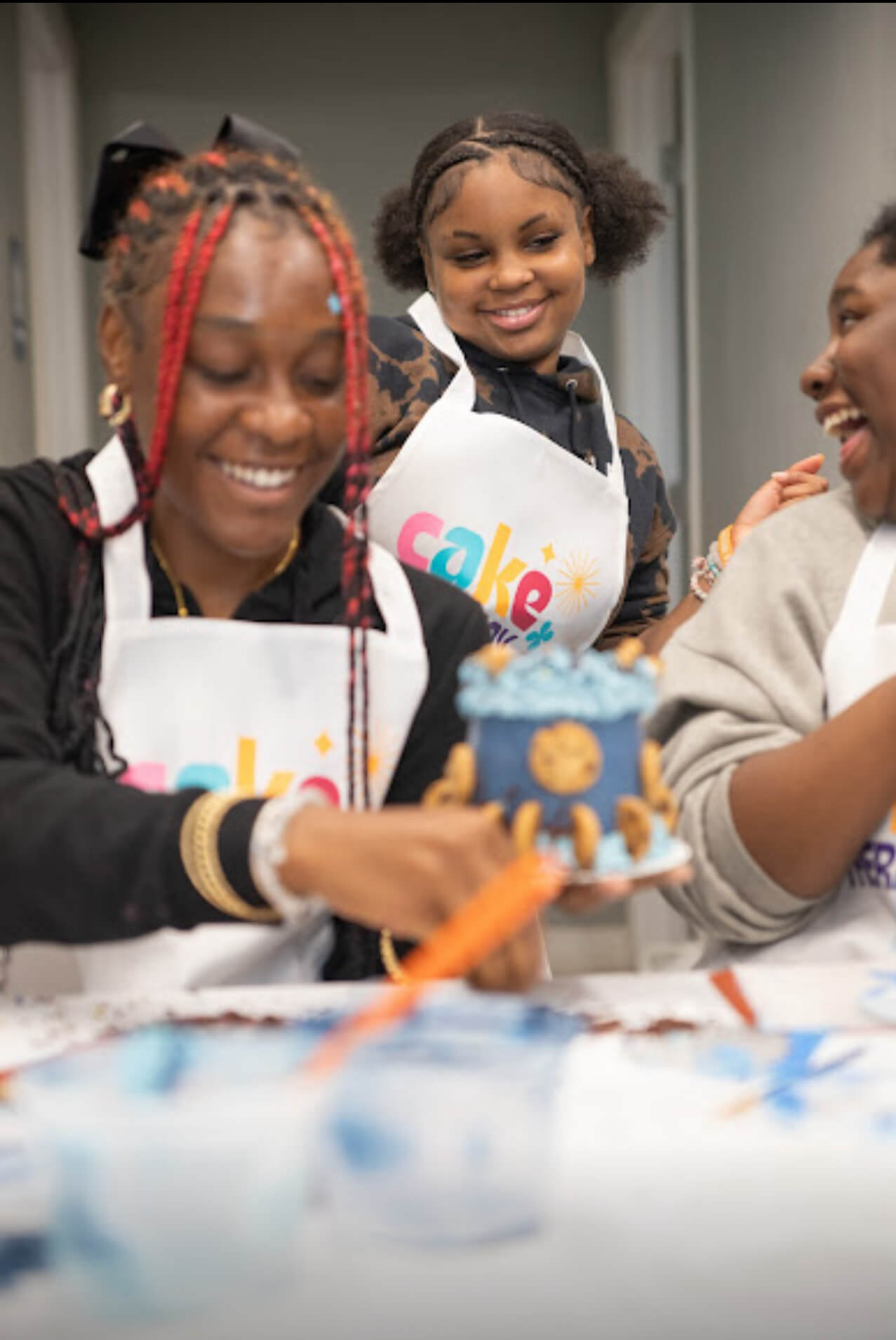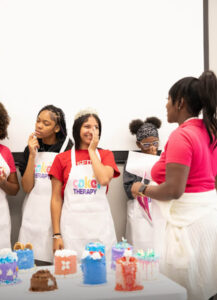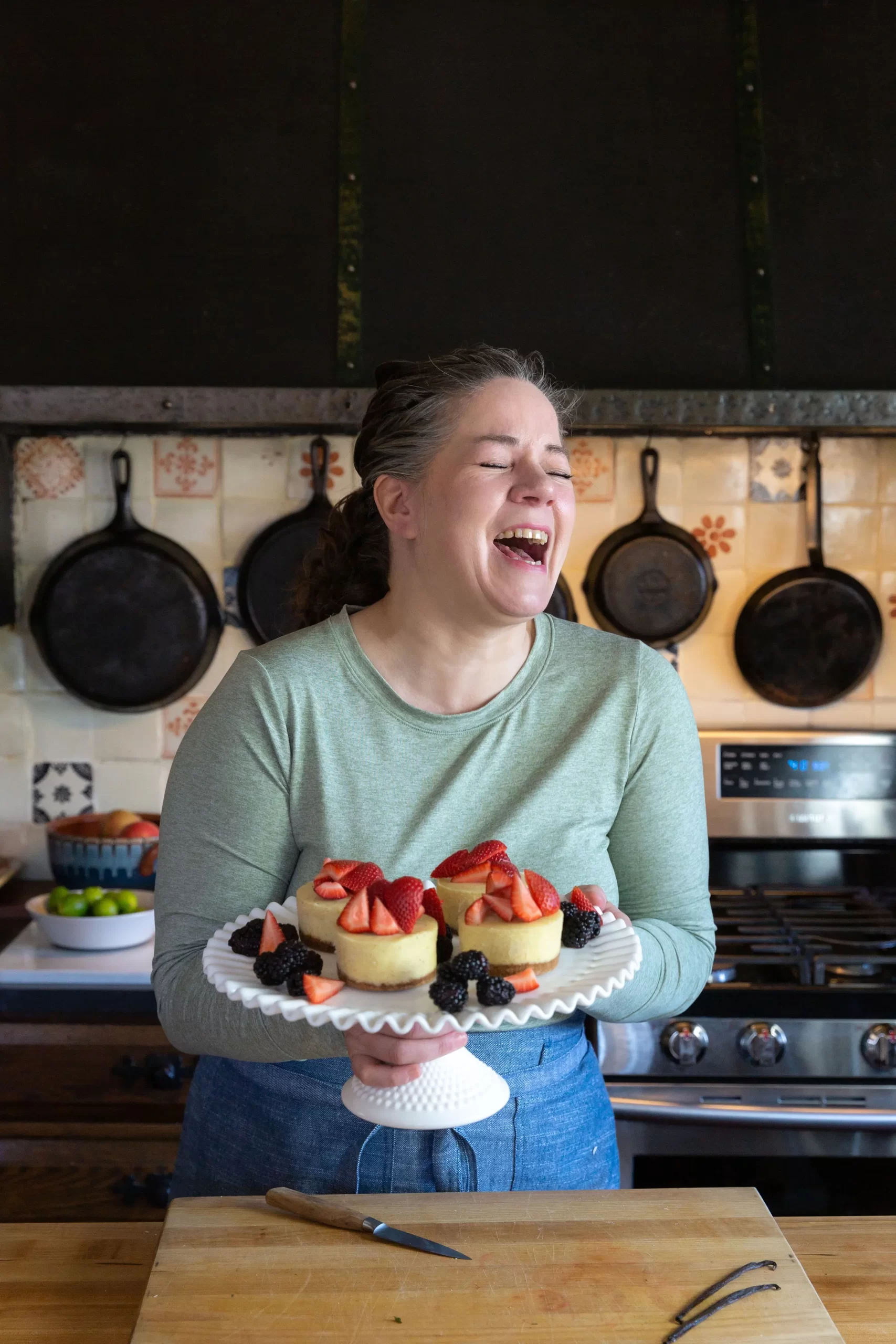
We Owe Girls Our Best: Understanding Trauma and the Need for Gender-Specific Data
By Dr. Altreisha Foster PhD MPH
President Cake Therapy Foundation
In a world that often lumps girls and boys together in discussions about development and trauma, we owe it to girls to be more intentional and precise in addressing their unique needs. Aggregating data between boys and girls when studying trauma or creating interventions can be detrimental to the progress of young girls who require a different approach. We must face the truth that trauma affects girls differently, and to give them the best chance at becoming healthy women, mothers, wives, and friends, we need to design our systems to respond to their specific challenges.
The Hidden Impact of Trauma on Girls
When a girl experiences trauma—whether from abuse, neglect, violence, or other sources—her development is deeply affected. Studies show that girls are more likely than boys to develop internalizing disorders such as depression and anxiety as a result of trauma. These emotional and psychological effects can be long-lasting, impacting everything from self-esteem to their ability to form healthy relationships later in life. If we do not specifically tailor trauma responses to girls, we miss key opportunities to help them heal, leaving them vulnerable to cycles of harm and dysfunction.
Disaggregating Data to See the Whole Picture
One critical step toward giving girls the support they need is disaggregating data to focus on their experiences separately from boys. This allows us to better understand the unique ways in which girls are affected by trauma and develop interventions that work specifically for them.
For instance, research has found that girls who experience trauma are more likely to face challenges related to self-image, peer relationships, and future caregiving roles . By gathering and analyzing data that is specific to girls, we can identify patterns that would otherwise remain hidden. More importantly, this approach would lead to more effective interventions in schools, community programs, and health systems that are designed with girls in mind.
Investing in Healthy Girls for a Healthy Society
- Healthy wives: A girl who has been nurtured and healed through trauma has a better chance of becoming a partner who can communicate, nurture, and support her spouse in a balanced relationship.
- Healthy mothers: Girls who have been given the tools to heal become mothers who can raise their children with empathy, patience, and emotional stability
- Healthy friends: A girl who has learned self-worth and how to manage her emotions grows into a woman who can support her friends and community with resilience and compassion.
Tailored Support: A Moral Imperative
By aggregating data, we risk continuing a cycle where girls’ needs are overlooked or minimized. This has a societal cost. Girls who have experienced trauma often go on to face higher rates of unemployment, poor physical health, and struggles with mental health . Tailored support, in contrast, offers a path to not only individual healing but collective progress. When we owe girls our best, we owe society a future that is brighter, healthier, and more equitable.
We Owe Them More
Girls deserve data-driven, trauma-informed care that reflects their unique experiences and needs. The aggregated approach is not enough. To give them our best, we need to ensure that girls have the specific support necessary to heal and thrive—emotionally, physically, and socially. This investment will benefit not only girls themselves but everyone they touch as they grow into healthy women, wives, mothers, and friends.
In giving girls our best, we give society its best future
References
- Understanding Trauma and Gender Differences
https://www.ncbi.nlm.nih.gov/pmc/articles/PMC7136521/ - The Effects of Childhood Trauma on Adolescent Girls
https://www.psychiatry.org/patients-families/ptsd/what-is-ptsd - TTrauma-Informed Care in Schools and Its Impact on Girls https://www.tandfonline.com/doi/full/10.1080/21622965.2020.1794358
- Gender-Specific Responses to Trauma https://www.sciencedirect.com/science/article/pii/S0165032719303569







Leave a comment